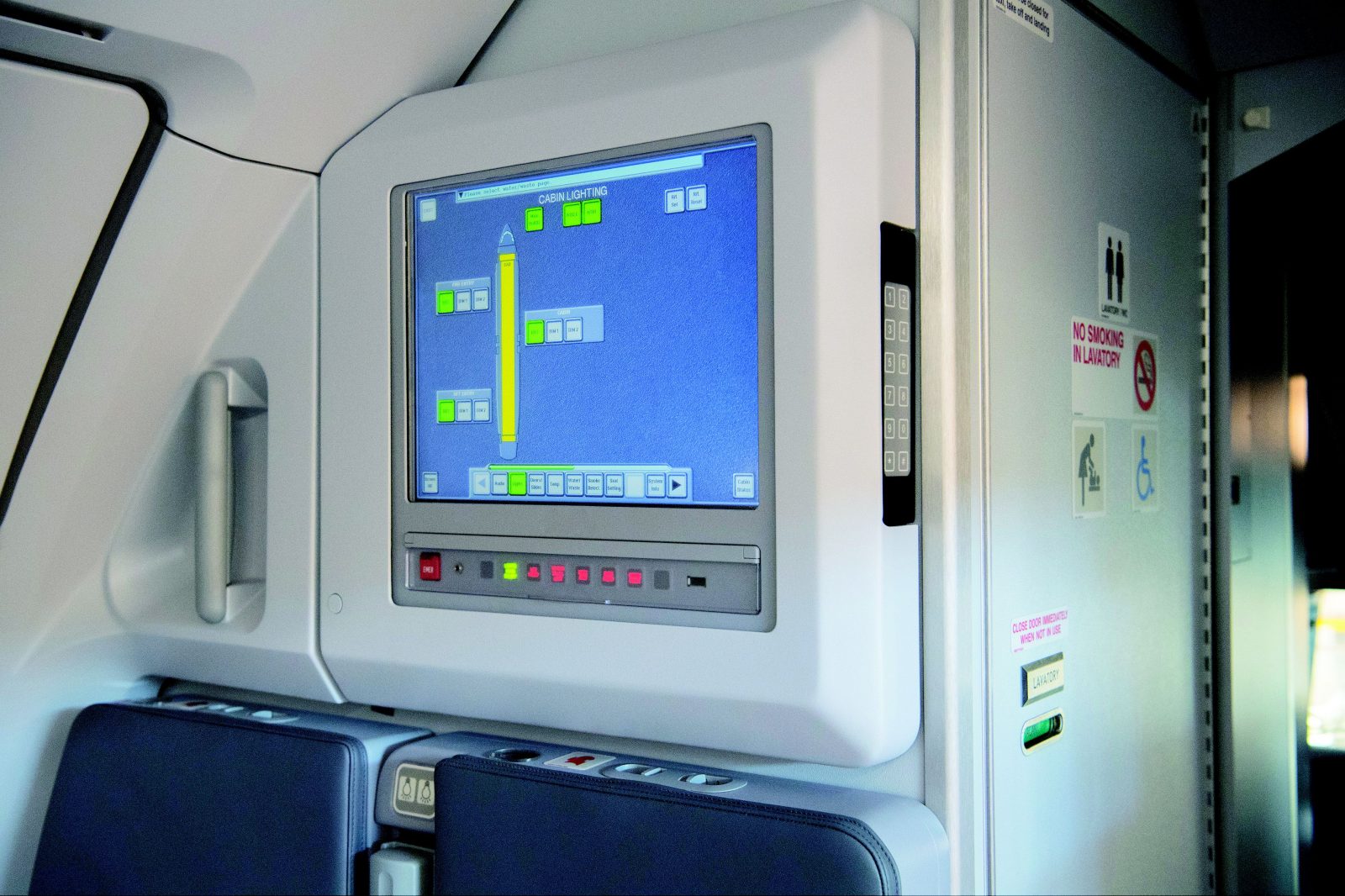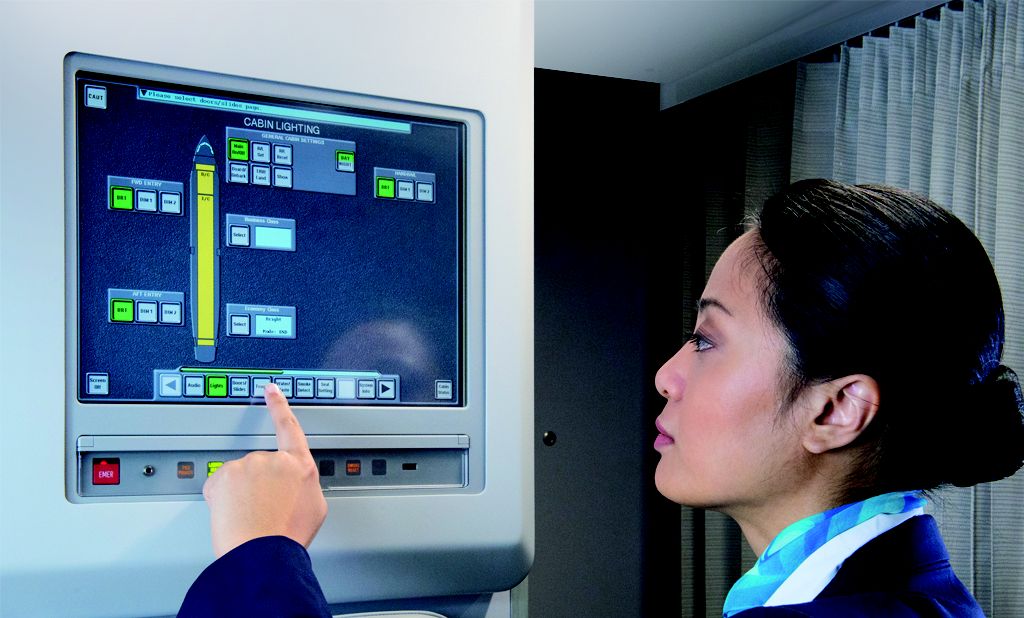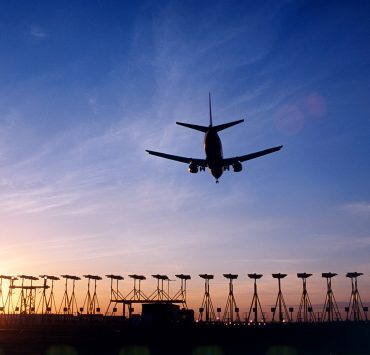
Imagine the scenario… You’ve just stepped foot on an airplane and you notice a large computer screen on the wall just above where the flight attendants sit. No doubt you’ve wondered why this computer is here and what it does exactly. Here’s the answer you’ve been searching for.
The touchscreen computer screen like the one in the main picture above is typically found on single-aisle aircraft made by European aerospace giant Airbus and it’s aptly named the Flight Attendant Panel or FAP for short.

You’ll find these screens on all modern A320 series planes but you may have also noticed them on other aircraft made by Airbus including the A350 and A330. The reason is that the FAP is a key component in how flight attendants control every passenger system in the cabin.
The FAP forms part of the Cabin Intercommunication Data System or CIDS which was first developed by Airbus in 1988. The first CIDS system was originally developed for the A320 and has since been installed on more than 10,000 aircraft including widebody jets made by Airbus.
“CIDS provides all services and functions that a cabin crew needs to operate an Airbus cabin,” explains Dr. Wolfgang Fischer, Cabin Networks Expert at Airbus. “It’s a very unique feature, as you don’t find all these functions together in one system on other aircraft.”
Of course, when CIDS was first introduced more than 30 years ago, the FAP wasn’t touchscreen and on many older Airbus aircraft that are still in service, you’ll notice that instead of a computer screen, there are a series of hard keys and lights to control the various functions.
On modern Airbus jets with a touchscreen panel, flight attendants can control:
- Lighting in the cabin and galleys, as well as reading lights
- Boarding music and pre-recorded announcements
- Temperature and air conditoning
- Entertainment systems and power outlet controls
They can also view important information, such as:
- How much drinking water is available
- And how much space is available in the waste tanks
- Whether the doors are closed or armed
- Whether smoke alarms have been activated in the lavatories
Below the touchscreen, there is also a series of hard key buttons which include:
- An evacuation alarm
- Main light switch
- and an emergency light switch
As well as the FAP, there are several other ways that CIDS feeds information that it collects from the various systems in the cabin to flight attendants. The most common is the Area Call Panel which is the series of lights you sometimes see close to emergency exit signs.
There’s also a small LED strip and light indicator called the Attendant Indication Panel (AIP) which displays information like passenger call bells, as well as lavatory smoke alerts and calls made from the cabin or flight deck.
The AIP’s are normally placed near flight attendant jumpseats.
Boeing aircraft also come with a FAP but Airbus claims CIDS is the most connected cabin system available and could become even more connected in the near future – including the ability of passengers to communicate directly with flight attendants using their mobile phones.
But Dr Fischer warns people not to get too excited. “It is important to keep in mind that any future developments to CIDS must be fully safe and secure before implementation,” he notes.
Mateusz Maszczynski honed his skills as an international flight attendant at the most prominent airline in the Middle East and has been flying throughout the COVID-19 pandemic for a well-known European airline. Matt is passionate about the aviation industry and has become an expert in passenger experience and human-centric stories. Always keeping an ear close to the ground, Matt's industry insights, analysis and news coverage is frequently relied upon by some of the biggest names in journalism.









